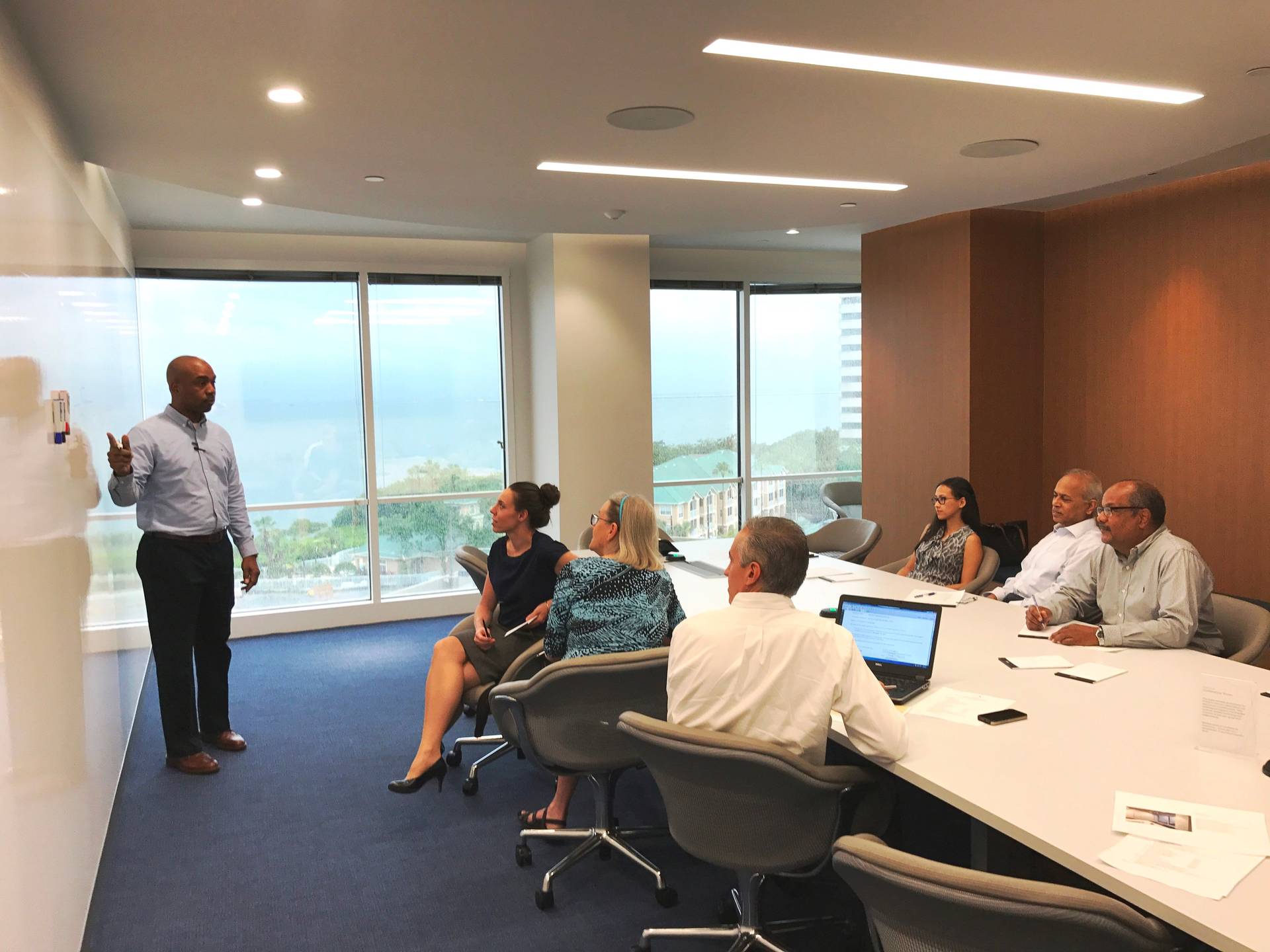
What is TNFD and why does it matter?
Discover the Taskforce on Nature-related Financial Disclosures (TNFD) new framework. A consistent guide for organizations to explore and report on their impacts and dependencies on nature.



On September 18th, the Taskforce on Nature-related Financial Disclosures (TNFD) released v1.0 of their framework, providing organizations across the globe with a consistent approach to exploring and reporting on their impacts and dependencies on nature.
But what is TNFD and why is it important – and most importantly, what will it mean for you?
Nature is crucial
Governments, organizations and communities have long recognized the importance of the natural world. Nature underpins our economy, our society, indeed our very existence, providing us all with the “ecosystem services” that keep us alive – such as, water, air, food, shelter. Shifting our focus to the economy, $44 trillion – over half of the world’s GDP - is moderately or highly dependent on nature.
In recent years, population growth and associated food production, resource consumption and infrastructure development, have outstripped the ability of the natural world to provide what we need. The World Economic Forum ranks biodiversity loss and ecosystem collapse as one of the top five risks facing the world. It is critical that governments and organizations take action to protect and restore natural ecosystems.
Why assess and disclose nature-related risks?
COP15 at the end of last year ended with a historic agreement, the Kunming-Montreal Global Biodiversity Framework, which set out targets and actions required to address this urgent challenge. It includes a target for governments to “take legal, administrative or policy measures to encourage and enable business, and in particular to ensure that large and transnational companies and financial institutions regularly monitor, assess, and transparently disclose their risks, dependencies and impacts on biodiversity”. The TNFD framework and guidance supports this target, and its use is likely to be mandated in many jurisdictions.
So, TNFD looks like another disclosure and reporting requirement that will place additional burdens on businesses. However, it is important to consider that most businesses are facing increasing risk from the consequences of ecosystem destruction and degradation, as few have no dependencies on nature. A stronger understanding of the relationship of any business with nature will support strategic decision-makers to take account of these risks. Understanding of the financial implications of impacts and dependencies on nature that materially affect corporate risks – and opportunities – will guide both corporates and investors and lenders towards nature-positive actions and more sustainable businesses in the future.
What does TNFD include?
TNFD builds on and has been specifically designed to align with the Taskforce on Climate-related Financial Disclosures (TCFD). Like TCFD, there are a number of recommended disclosures distributed across four pillars:
-
Governance: the ways in which the organization’s oversight and decision-making functions take nature-related risk and opportunities into account.
-
Strategy: the integration of actual and potential effects of nature-related risks and opportunities on the organization’s business model, strategy and financial planning.
-
Risk and impact management: how the organization integrates nature-related risks into its overall risk management approach.
-
Metrics and targets: quantitative and qualitative performance indicators and aims related to nature-related risk and opportunities, based on nature dependencies and impacts.
The analysis of risks and opportunities will need to include both suppliers and customers, the “value chain” of the organization, in order to fully understand dependencies and impacts on nature.
Our recommendations
Leading up to the launch of v1.0 of the TNFD framework, AECOM’s TCFD advisors have been working with our biodiversity specialists to explore what TNFD will mean for our clients. We have also been piloting TNFD to gain a deeper understanding of its use in practice.
Be reassured, this can be straightforward! These are our five recommendations:
- Start small: Starting the journey and setting out a roadmap is important – don’t aim to make a TNFD-compliant disclosure in year 1.
- Build on your existing biodiversity and nature understanding and activities: Like most businesses, yours undoubtedly already has corporate strategy and actions associated with biodiversity and nature. The risks associated with dependencies on natural resources and the regulatory requirements to assess, mitigate and compensate for environmental impacts are typically well rehearsed.
- Use your TCFD experience: TNFD has been designed to look very similar to TCFD, so if you have reported against TCFD, you are already familiar with the framework and will already have existing governance and reporting processes in place from the TCFD that could be adapted for the TNFD - making its implementation more efficient.
- Identify and focus on material risks: As with all activities, the first step is to identify the key issues, and remember to explore the plethora of material directed at most business sectors designed to help you to understand where the most material risks (and opportunities) are likely to lie.
- Don’t ignore opportunities: If you identify dependencies and impacts on nature, remember that the resulting risks can lead to opportunities that can provide benefits over and above risk and impact management. These benefits can potentially extend to suppliers, partners, stakeholders, shareholders and communities in which you operate.
AECOM has a global team of sustainability and biodiversity specialists to guide you in your TNFD journey. For more information, contact Americas - Kristin Tremain Davis, Asia - Ash Welch, Europe - Sally Vivian, ANZ - Cathy Crawley.
Hear more from Jo Hughes, at the virtual Climate Week NYC 'Nature Positive Infrastructure - The Road to a Sustainable Future' webinar.